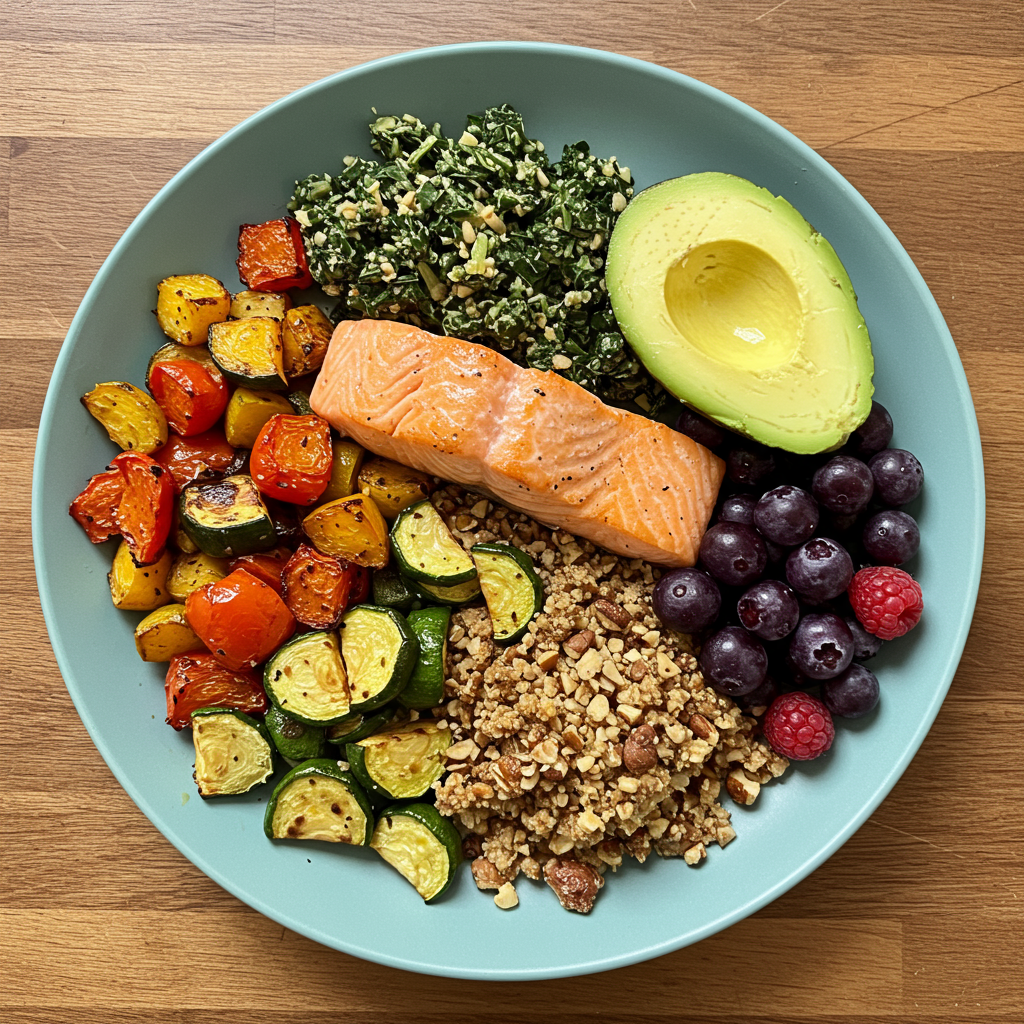From Prediabetes to Perfect Health: 7 Powerful Lifestyle Changes That Can Reverse Your Condition
Are you among the 96 million American adults living with prediabetes? If so, I have incredible news for you. Prediabetes doesn't have to be a one-way ticket to type 2 diabetes. In fact, this diagnosis can be your wake-up call—a chance to transform your health completely through targeted lifestyle modifications. As I've seen in my practice countless times, prediabetes is reversible, and your body has an amazing capacity to heal when given the right tools.
Understanding Prediabetes: A Metabolic Warning Signal
Prediabetes isn't just "pre" something—it's a metabolic condition where your blood sugar levels are elevated (fasting glucose between 100-125 mg/dL), but not yet high enough to be classified as type 2 diabetes. Conventional medicine often treats this as a waiting room for diabetes, offering little more than "watch and wait" advice.
But I see prediabetes differently. It's your body waving a red flag, signaling that your metabolism is struggling with insulin resistance. Your cells aren't responding properly to insulin, forcing your pancreas to produce more and more of this hormone. This isn't just about blood sugar—it's about systemic inflammation, hormonal imbalance, and metabolic dysfunction that affects your entire body.
The good news? When you address the root causes rather than just symptoms, your body can return to balance.

The Food-First Approach: Eating Your Way Back to Health
The most powerful medicine for reversing prediabetes is at the end of your fork. Here's how to transform your diet:
-
Eliminate Blood Sugar Triggers: Cut out refined carbohydrates, sugars, and processed foods. These spike insulin and perpetuate the insulin resistance cycle.
-
Embrace Low-Glycemic Eating: Focus on foods that have minimal impact on blood sugar. Fill your plate with non-starchy vegetables, healthy fats (avocados, olive oil, nuts), and moderate amounts of clean protein.
-
Practice Nutritional Timing: Consider intermittent fasting to improve insulin sensitivity. Start with a 12-hour overnight fast and gradually extend your fasting window if appropriate for your health status.
-
Increase Fiber Intake: Aim for 30+ grams of fiber daily from vegetables, nuts, seeds, and low-glycemic fruits like berries. Fiber slows sugar absorption and feeds your gut microbiome.
-
Add Blood Sugar Balancers: Incorporate cinnamon, chromium-rich foods, and apple cider vinegar, which have been shown to improve insulin sensitivity naturally.
One of my patients, Sarah, reversed her prediabetes in just three months by eliminating grains and sugar while focusing on vegetables, healthy fats, and quality proteins. Her fasting glucose dropped from 118 to 83, and her energy soared.

Movement as Medicine: Exercise That Heals Insulin Resistance
Physical activity is non-negotiable for prediabetes reversal, but the type and timing matter:
-
High-Intensity Interval Training (HIIT): Short bursts of intense exercise followed by recovery periods can improve insulin sensitivity for up to 48 hours. Just 20 minutes, three times weekly, can transform your metabolism.
-
Resistance Training: Building muscle increases your metabolic rate and creates more glucose receptors. Add two strength sessions weekly with bodyweight exercises, bands, or weights.
-
Movement Snacks: Break up sitting time with 2-minute movement breaks every hour. Brief activity after meals can significantly lower post-meal blood sugar spikes.
-
Morning Movement: Exercising before breakfast, in a fasted state, may offer additional benefits for insulin sensitivity by training your body to use fat for fuel.
My patient Miguel, a 52-year-old with a prediabetes diagnosis and a sedentary job, reversed his condition by implementing HIIT workouts twice weekly and taking brief walking breaks after each meal. Within six months, his A1C dropped from 6.1% to 5.4%.

Beyond Diet and Exercise: The Forgotten Lifestyle Factors
While food and movement form the foundation of prediabetes reversal, these additional factors can accelerate your healing:
-
Prioritize Sleep: Poor sleep directly impacts insulin sensitivity. Aim for 7-8 hours of quality sleep in a cool, dark room. A single night of sleep deprivation can make your cells 40% less responsive to insulin.
-
Manage Stress: Chronic stress elevates cortisol, which raises blood sugar and increases abdominal fat. Implement daily stress reduction through meditation, deep breathing, or nature walks.
-
Support Gut Health: A healthy microbiome improves glucose metabolism. Include fermented foods, prebiotic fiber, and consider a high-quality probiotic.
-
Address Environmental Toxins: Certain chemicals act as "obesogens" and disrupt metabolism. Filter your water, choose organic when possible, and reduce plastic exposure.
-
Supplement Strategically: Consider magnesium, vitamin D, omega-3 fatty acids, and berberine—all shown to support healthy glucose metabolism (under healthcare provider guidance).
The prediabetes reversal journey isn't just about preventing diabetes—it's about creating vibrant health and energy. When you commit to these lifestyle changes, you're not just treating a condition; you're transforming your entire health trajectory.
Remember, your body wants to be in balance. Give it the right conditions, and it will move toward healing. Prediabetes isn't your destiny—it's your opportunity to reclaim your health.
References
Knowler WC, Barrett-Connor E, Fowler SE, et al. Reduction in the incidence of type 2 diabetes with lifestyle intervention or metformin. N Engl J Med. 2002;346(6):393-403.
Colberg SR, Sigal RJ, Fernhall B, et al. Exercise and type 2 diabetes: the American College of Sports Medicine and the American Diabetes Association: joint position statement. Diabetes Care. 2010;33(12):e147-e167.






